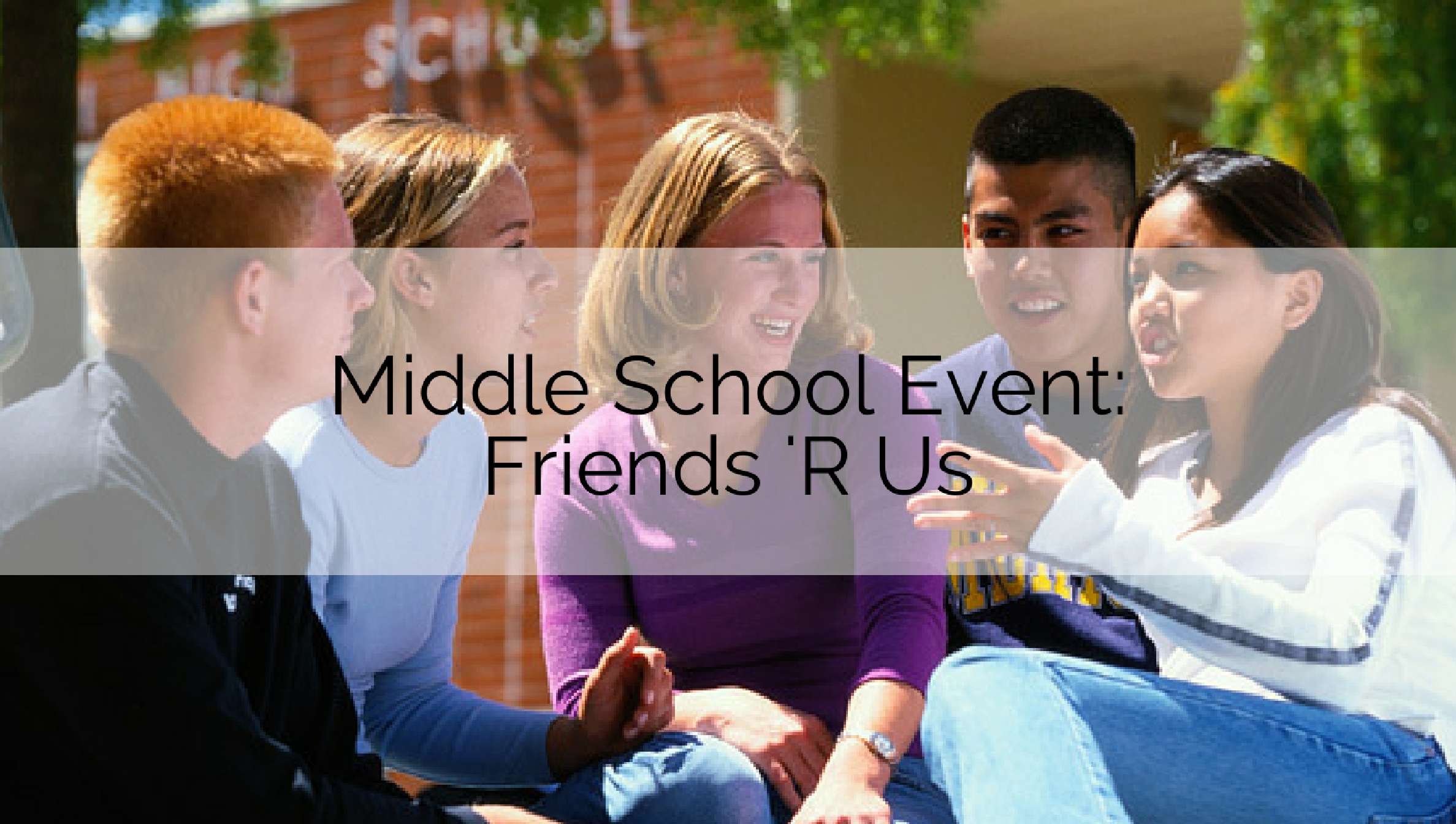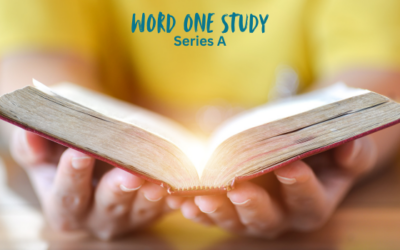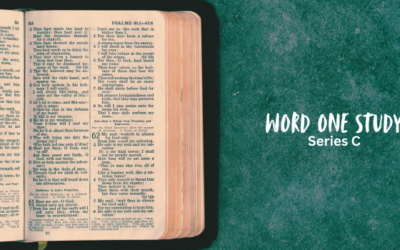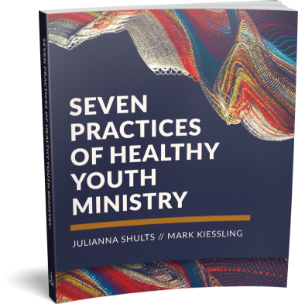by Lori Bachmann
Download a PDF of the Middle School Event: Friends ‘R Us.
Introduction
For middle school youth, relationships are a high priority. It is important to belong and to be a friend. During this youth event, we will look at friendships that we have and also friendships in the Bible. We’ll explore what it means to be a friend and discover ways to begin and deepen friendships.
Objectives
That with the help of the Holy Spirit participants will …
- identify characteristics that are considered important in a good friend and that make you a friend to others;
- discover why friendships constantly change; and
- see Christ as your eternal friend who enables you to be a friend to others.
Materials Needed
- Newsprint
- Pipe cleaners, one per participant
- Friendship Is…for each participant
- 3” x 5” cards, one per participant
- Making Friends, for each participant
- Bibles
Setup
To enhance the fellowship, it is helpful to have snacks. You may want to ask the youth to bring them. Create a warm, friendly atmosphere for the youth—have music playing, open the gym/ playground for them to utilize some of their energy. Publicize the event and send out invitations to all the junior high youth.
Ice Breaker
Divide the large group into small groups of four people each. Have participants share in the small group something about their families (brothers or sisters, jobs, school, grade level, etc.). Move the activity quickly by indicating “start” and “stop” for each person.
In their groups of four, have them complete the following requests by bending their pipe cleaner into a shape that answers each of the following. Ask them to explain their response.
- Something I enjoy doing
- An ambition of mine
- Something that scares me
- Something I like to do with friends
Learning Experience
- Friendship Is.
Ask the youth to think about what their friends value about them—as being a friend. Then, from the list at the end of this study, check the important qualities or characteristics of being a friend. They may also add their own. (Copy and hand out a Friendship Is list to each person.) Have each person circle their top three characteristics. Share why these are important. - Defining Friendships.
Read the following statements and have each person respond with one of the following motions: agree—thumbs up; disagree-—thumbs down; maybe—wiggle hand; don’t know—shrug shoulders and hold out hands, palms up
Everyone needs friends.
Friendships take time.
Everyone struggles with being a friend.
It’s good for us to have friends.
Listening is an important quality for friendships.
A friend or friendship may be defined as “a person attached to another by respect of affection and acquaintance.” What else would you add to this definition? Share. Are there levels of friendship? Explain. (Some levels might include best friend, close friends, acquaintances, etc.) - Bible Friends.
An example of a close friendship is that of David and Jonathan. Read 1 Samuel 18:1-4; 1 Samuel 19:1-7; and 1 Samuel 20:42. List the qualities and characteristics of the friendship. Are they similar to your list in number 1? How? Allow time for sharing. - Self as Friend.
Have participants answer the following by standing in the corner that has the best answer for them. (You may encourage them to think about one specific friend as they answer each.) Tape to the wall of each corner one answer for every question.
- With a friend, I would rather
- go out
- stay at home
- try something new
- sit and talk.
- As a friend, I feel a strength I have is
- Loyalty
- Honesty
- Fun
- When a friend disappoints me,
- I don’t talk to the friend
- I try to work it out
- I get very angry
- I don’t know what to do
- The word that best describes friendship for me is
- love
- buddies
- commitment
- Change in Friendships.
Have each person think about the friendships they have had. Ask if any of their friendships have changed since they began. Then list the factors that will cause a friendship to change.
Some possible answers could be that people change and grow; friends are unable to communicate with each other; hurt feelings arise; crisis times occur; our needs change; our perceptions change.
Alan Loy McGinnis, author of The Friendship Factor, says to “be ready for shifts in your relationships.” Changes will happen. Ask the group how they feel about that reality. Affirm the reality of change and that it is not to be feared.
- Jesus as Friend.
Read Proverbs 18:24 and John 15:12-13.
Who is the friend who sticks closer than a brother? How could/why would Jesus be our best friend? How is Jesus a better friend than anyone could be? (He is always there; we can talk to Him anytime; He knows all of me; He loves me. Look at the characteristics from number 1.) - Empowered to Be Friends.
It is a joy to have friends, but it is not always easy to be a friend. It takes time and hard work. We will make mistakes and blow it at times, yet there can be forgiveness between friends. God is with us!
We can work on improving friendships. Have participants think about one friendship which they have (or one they would like to have, if they can’t think of one) and write on a 3” x 5” card one thing which they could do to improve the friendship. Tell them to be realistic and not to set a goal which they may be unable to accomplish. Ask them to complete this sentence: “To be a better friend, one thing that I can do is … “
Recreation
Use one or more of the following ideas:
Water Balloon Volleyball—groups use bedsheets to catch and throw the balloons.
Train—line up in chairs, two together with rows of two each lined up behind the other. Two people remain standing with all the other chairs filled. Of the two standing, one is it and one is being chased. The person who is it chases the other person only around the outside of the chairs. The person being chased may “escape” by sitting down in any chair, forcing the person in the seat to slide (either left or right) to the adjacent chair. The person who has now been pushed out of that chair becomes the one being chased. Then that person will sit down (after running a little, or right away) and force someone else out. Tag-backs are allowed.
Hug Tag/Elbow Tag—Pair off your group. Have partners lock elbows; this is the “safe” position. Choose one person to be it and another to be the one chased. It tries to tag the other person. The chased person may escape by locking arms with one person in a pair, thus forcing the other person in the pair to now be chased. Let the games go on for a while, but end them while there is still interest. Use them again at another event
Closing
Play or sing a song or hymn about friends.
Close with a circle prayer or a prayer by the leader, thanking God for being our constant friend, and for those who have befriended us. Ask for His help that we might grow to be better friends, remembering our ideas to improve a friendship.
Share the sheet entitled, “Ideas for Making Friends and Keeping Them Too” with each person.
If time permits do an affirmation exercise. Tape a blank sheet of paper on everyone’s back. Give each person a crayon. Ask everyone to go around and write on one another’s sheet positive words that describe what they appreciate about them. (But don’t sign their names.) After ten minutes, take off the papers and read them.
Resource list
Alan Loy McGinnis, The Friendship Factor (Minneapolis, MN: Augsburg Publishing House, © 1979)
Barbara B. Varenhorst, Real Friends (San Francisco: Harper & Row, © 1983)
Barbara B. Varenhorst, Training Teenagers for Peer Ministry (Loveland, CO: Group Books, © 1988)
Originally published in Youth Ministry Quarterly 91.1.
Updated for youthESource March 2017











0 Comments